Accelerated Learning Techniques PDF: Strategies for Effective Learning

Welcome to VietprEducation, your ultimate resource for accelerated learning techniques. In this comprehensive guide, we will explore the world of accelerated learning techniques pdf and how they can enhance your learning experience. Whether you’re a student looking to boost your academic performance or an educator seeking effective teaching strategies, this article will provide valuable insights. Discover seven instructional strategies for accelerating student learning, tips for super learning, and the importance of understanding the accelerated learning cycle. Get ready to unlock your full learning potential with the power of accelerated learning techniques PDF.
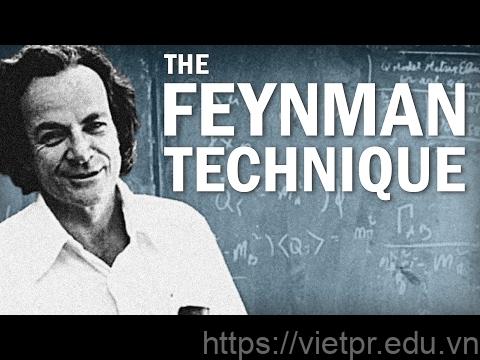
| Key Takeaways |
|---|
| Accelerated learning techniques PDF can help students learn more effectively and efficiently. |
| Seven instructional strategies, such as building knowledge and vocabulary, providing explicit instruction, and using formative assessment, can accelerate student learning. |
| Tips for super learning, including mnemonic devices, visualization, and the Feynman technique, can enhance the learning process. |
| Understanding the accelerated learning cycle can help engage learners and promote mastery of material. |
| Successful implementation of accelerated learning requires careful planning and utilization of available resources. |
| Exploring the relationship between learning styles and strategies can provide insights into effective learning approaches. |
| Creating a positive and challenging learning environment, utilizing technology, and being flexible in teaching approaches are additional values in accelerated learning techniques PDF. |
Accelerated Learning Techniques PDF: An Overview
What are Accelerated Learning Techniques?
Accelerated learning techniques refer to a set of strategies and approaches designed to enhance the learning process and improve knowledge retention. These techniques aim to help individuals learn more effectively and efficiently, allowing them to acquire new skills and information at an accelerated pace.
The Benefits of Accelerated Learning Techniques PDF
One of the key benefits of utilizing accelerated learning techniques in PDF format is the accessibility and convenience it offers. PDF documents provide a portable and easily shareable format, allowing learners to access valuable resources anytime, anywhere. Additionally, the use of PDFs enables the inclusion of multimedia elements, such as images, graphs, and interactive content, which can further enhance the learning experience.
Key Takeaway:
- Accelerated learning techniques aim to enhance the learning process and improve knowledge retention.
- PDF format offers accessibility, convenience, and the ability to include multimedia elements.
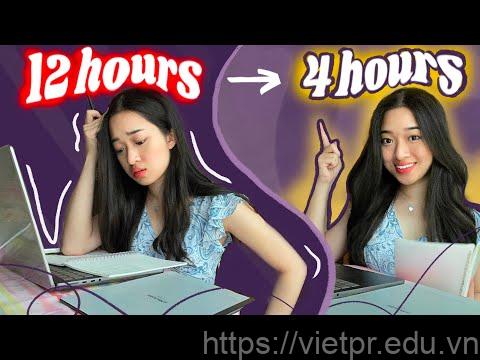
Seven Instructional Strategies for Accelerating Student Learning
Building Knowledge and Vocabulary
One effective instructional strategy for accelerating student learning is focusing on building knowledge and vocabulary. By introducing new concepts and vocabulary in a structured and systematic way, students can develop a solid foundation for further learning.
Key Takeaway:
- Focusing on building knowledge and vocabulary helps students establish a strong learning foundation.
Providing Explicit Instruction
Explicit instruction involves clearly and directly teaching new information or skills to students. This strategy provides step-by-step guidance, demonstrations, and explanations, ensuring that students understand the content thoroughly.
Key Takeaway:
- Explicit instruction involves clear and direct teaching to ensure comprehensive understanding.
Using Formative Assessment
Formative assessment is an ongoing process that allows teachers to gather feedback on students’ progress. By using various assessment methods, such as quizzes, discussions, and projects, educators can identify areas where students may need additional support and tailor their instruction accordingly.
Key Takeaway:
- Formative assessment provides valuable feedback to guide instruction and address individual student needs.
Incorporating Active Learning Strategies
Active learning strategies engage students in the learning process by encouraging participation, collaboration, and critical thinking. These strategies can include group work, hands-on activities, debates, and problem-solving exercises.
Key Takeaway:
- Incorporating active learning strategies promotes student engagement and critical thinking skills.

Tips for Super Learning: 18 Techniques to Enhance Learning
Mnemonic Devices
Mnemonic devices are memory aids that help learners remember information more effectively. Techniques such as acronyms, visualization, and creating associations can enhance memory retention and recall.
Key Takeaway:
- Using mnemonic devices can improve memory retention and recall.
Visualization
Visualization involves creating mental images to represent information or concepts. By visualizing abstract ideas or complex processes, learners can better understand and remember the material.
Key Takeaway:
- Visualization techniques aid in understanding and retaining complex information.
The Feynman Technique
The Feynman technique, named after physicist Richard Feynman, involves explaining a concept in simple terms as if teaching it to someone else. This technique helps learners identify gaps in their understanding and reinforces their knowledge.
Key Takeaway:
- The Feynman technique promotes deeper understanding by simplifying and explaining concepts to others.
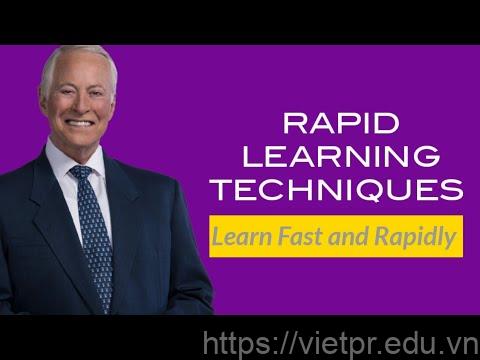
Understanding the Accelerated Learning Cycle
Engaging Learners and Promoting Mastery
The accelerated learning cycle is a framework that aims to engage learners and promote mastery of material. It consists of four stages: preparation, presentation, practice, and review. Each stage is designed to optimize the learning process and enhance knowledge retention.
Key Takeaway:
- The accelerated learning cycle is a framework that maximizes engagement and promotes mastery of material.
Utilizing Effective Teaching Strategies
Within the accelerated learning cycle, educators can utilize various effective teaching strategies to facilitate learning. These strategies may include interactive activities, real-life examples, multimedia resources, and opportunities for reflection and application.
Key Takeaway:
- Effective teaching strategies within the accelerated learning cycle enhance the learning experience.
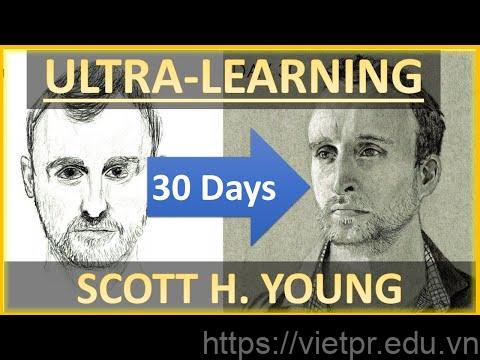
Successful Implementation of Accelerated Learning
Careful Planning and Resource Utilization
To successfully implement accelerated learning techniques, careful planning is essential. Educators should identify learning objectives, select appropriate resources, and design a cohesive curriculum that aligns with these objectives. Additionally, utilizing available resources effectively, such as technology tools and educational materials, can enhance the learning experience.
Key Takeaway:
- Successful implementation of accelerated learning requires careful planning and effective utilization of available resources.
Flexibility and Adaptability in Teaching Approach
Being flexible and adaptable in teaching approaches is crucial for successful implementation of accelerated learning. Educators should be open to student feedback and adjust their instructional strategies accordingly. This flexibility allows for personalized learning experiences and creates an environment that supports individual student needs.
Key Takeaway:
- Flexibility and adaptability in teaching approaches are essential for successful implementation of accelerated learning.
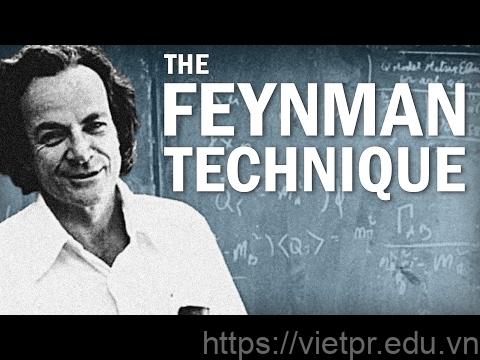
Exploring the Relationship Between Learning Styles and Strategies
Understanding Learning Styles
Learning styles refer to the preferred ways individuals process and retain information. Common learning styles include visual, auditory, and kinesthetic. By understanding their own learning style, learners can tailor their study techniques and choose strategies that align with their strengths.
Key Takeaway:
- Learning styles are individual preferences in how people process and retain information.
Selecting Effective Learning Strategies
Exploring the relationship between learning styles and strategies involves identifying which strategies work best for each learning style. For example, visual learners may benefit from using mind maps or diagrams, while auditory learners may find recording and listening to lectures helpful. By selecting strategies that align with their learning style, individuals can optimize their learning experience.
Key Takeaway:
- Choosing learning strategies that align with one’s learning style enhances the effectiveness of the learning process.

Additional Values in Accelerated Learning Techniques PDF
Creating a Positive and Challenging Learning Environment
Creating a positive and challenging learning environment is crucial for effective learning. By fostering a supportive atmosphere, learners are encouraged to take risks, ask questions, and actively participate in their own learning process. Additionally, incorporating challenging tasks and assignments can motivate learners to push their boundaries and achieve higher levels of learning.
Key Takeaway:
- A positive and challenging learning environment promotes engagement and motivation.
Utilizing Technology to Enhance Learning
Technology plays a significant role in enhancing the learning experience. Utilizing educational tools, online resources, and interactive platforms can provide learners with access to a wealth of information and opportunities for collaboration. Additionally, technology allows for personalized learning experiences and provides real-time feedback, enabling learners to track their progress and make necessary adjustments.
Key Takeaway:
- Technology can enhance learning through access to resources, personalized experiences, and real-time feedback.
Flexibility and Adaptability in Teaching Approaches
Teachers need to be flexible and adaptable in their approaches to accommodate diverse learners. Recognizing that students have different learning styles, abilities, and needs, educators should be willing to modify their instructional methods accordingly. This flexibility ensures that every student has the opportunity to learn effectively and reach their full potential.
Key Takeaway:
- Flexibility and adaptability in teaching approaches cater to the diverse needs of learners.
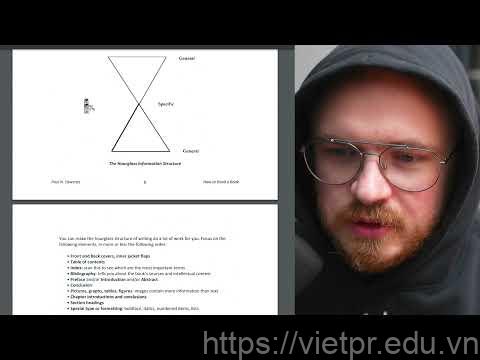
Conclusion
Accelerated learning techniques in PDF format offer effective strategies for enhancing the learning experience. By implementing seven instructional strategies, such as building knowledge and vocabulary, providing explicit instruction, and using formative assessment, students can accelerate their learning process. Additionally, incorporating tips for super learning, including mnemonic devices, visualization, and the Feynman technique, can further enhance retention and understanding.
Understanding the accelerated learning cycle and its stages can guide educators in engaging learners and promoting mastery of material. Successful implementation of accelerated learning requires careful planning, resource utilization, and flexibility in teaching approaches. Exploring the relationship between learning styles and strategies allows individuals to tailor their learning techniques based on their preferences.
Lastly, creating a positive and challenging learning environment, utilizing technology effectively, and being flexible in teaching approaches are additional values that contribute to successful accelerated learning. By embracing these techniques and strategies, learners can unlock their full potential and achieve optimal learning outcomes.